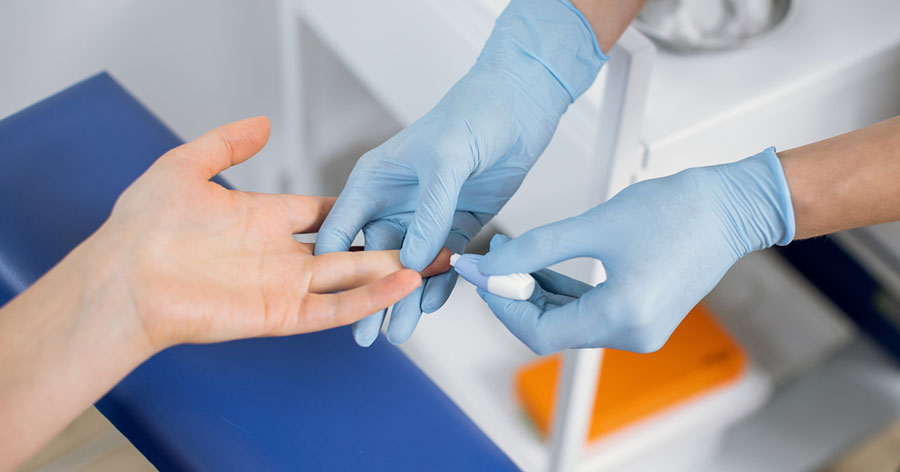Pinching
Q How many nurses teach people to pinch when injecting, or has the technique changed?
Carol Killgallon, Practice Nurse, Freezywater Medical Centre, Enfield
A BD Medical produced some guidelines a while ago advising on needle length and whether pinching is required in different size individuals. Although comprehensive, it did make things seem complicated! A pragmatic approach is to advise everyone to ‘pinch an inch’ for their injections. This small pinch means the individual is holding the skin firmly (to provide a firm base to insert the needle) and also lifts up the subcutaneous fat, reducing the risk of injecting into underlying muscle. Although injecting intramuscularly is highly unlikely for many overweight people with diabetes, pinching the skin is just as effective as not in such individuals so I would still suggest ‘pinching for all’ to keep things simple.
Jill Hill, Diabetes Nurse Consultant, Birmingham
Integrated data
Q Is the diabetes register a responsibility of primary care, secondary care or both? If one or the other, presumably an agreement could be made whereby the information can be shared throughout the trust(s) to improve the management of people with diabetes? Or would this be impractical because primary and secondary care would be collecting very different datasets? Does anyone have any information whereby practices have shared their registers with their acute trust?
Name and address withheld
A Recording incidence of diabetes is part of the QOF. So it seems that at the moment a lot of recording is happening in primary care. However, there are no other formal ‘rules’ about registers of people with diabetes in either primary or secondary care. In fact there is some evidence that people with diabetes are not routinely identified when admitted to hospital for other conditions or procedures. Submissions to the National Diabetes Audit are increasing, linking data from primary and secondary care. This means that information from primary care can be linked with complications information which is recorded in acute trusts.
The point of the current reform of the NHS is to integrate primary and secondary care so that there is joint responsibility for diabetes care across the board. It would make sense, therefore, for information to be shared, even though datasets may be different.
Sally Brooks, National Diabetes Support Team





Why ACR screening is the key to improving renal outcomes in people with diabetes.
21 Oct 2024